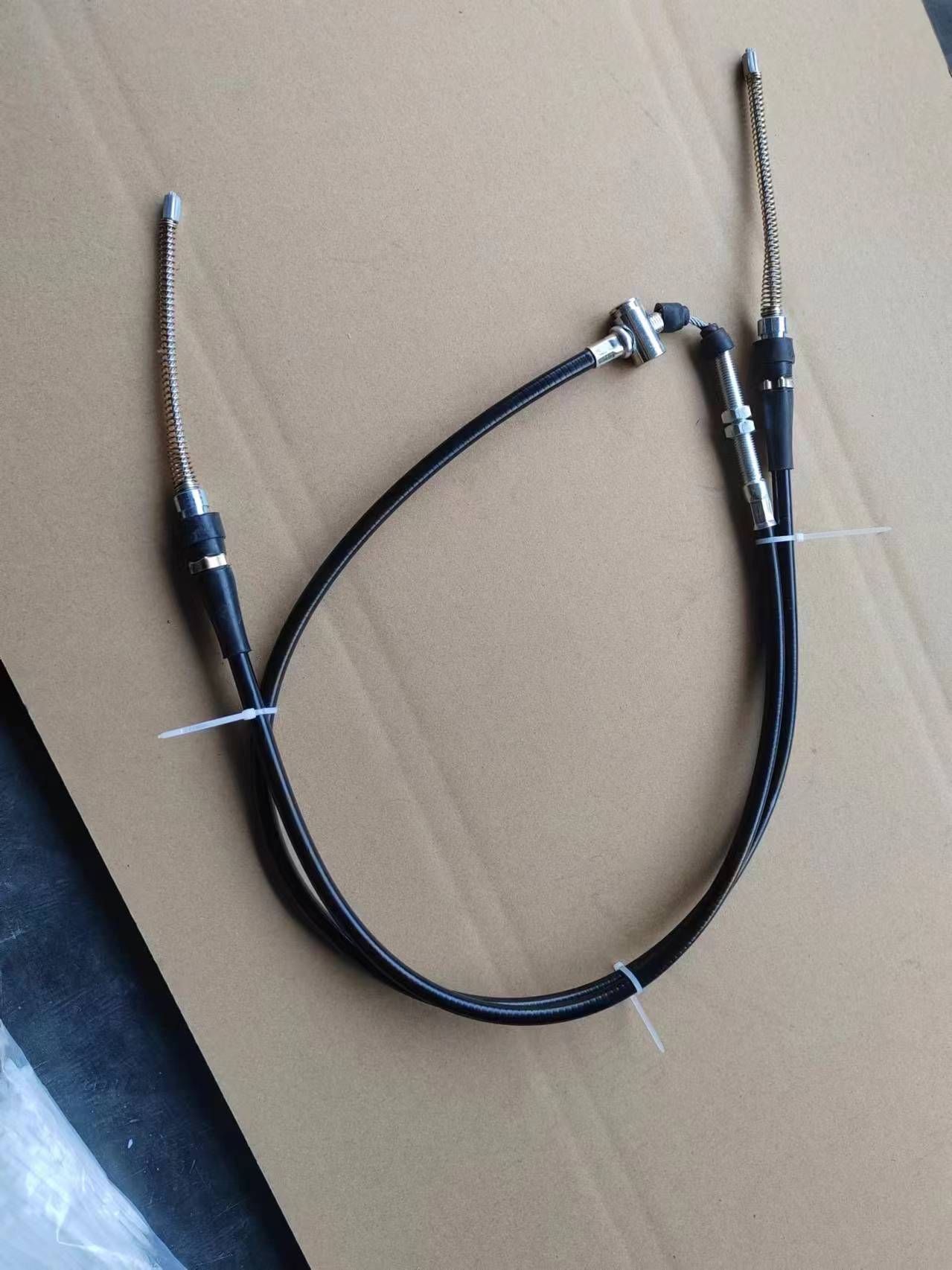gear shift linkage
Understanding Gear Shift Linkage The Heart of Manual Transmission Systems
Gear shift linkage is a crucial component of manual transmission systems found in many vehicles, playing a pivotal role in the driving experience. It serves as the mechanism that connects the gear shift lever, typically located in the vehicle’s cabin, to the transmission system, allowing the driver to select different gears while driving. Understanding the functionality and importance of gear shift linkage can enhance a driver's appreciation for their vehicle and its mechanics.
At its core, gear shift linkage consists of various rods, cables, and linkages that transmit the driver’s input from the gear shift lever to the transmission. When a driver moves the gear stick, this action is relayed through the linkage system, which translates the movement into a specific action within the transmission. This action can involve engaging or disengaging the clutch, selecting a higher or lower gear, or even reversing.
There are two primary types of gear shift linkage mechanical linkages and cable linkages. Mechanical linkages often consist of a series of rods and joints that directly connect the gear shift lever to the transmission. These systems provide a solid, tactile feel that many driving enthusiasts appreciate, allowing for precise gear changes. However, mechanical linkages can require regular maintenance to ensure smooth operation and prevent wear and tear.
gear shift linkage

On the other hand, cable linkages utilize flexible cables to transmit the gear shift movement. This system is often found in modern vehicles due to its lightweight design and ability to accommodate more complex packaging constraints in the vehicle’s interior. Cable linkages are typically less prone to binding and can be easier to install in varying configurations. However, they may not provide the same level of feedback that mechanical systems do, which can sometimes lead to a less engaging driving experience.
Regular maintenance of the gear shift linkage is essential for optimal performance. Over time, components can wear or become misaligned, leading to difficulties in shifting gears or even complete failure of the linkage system. Drivers may notice symptoms such as a loose gear shift, difficulty in engaging certain gears, or a grinding noise when attempting to shift. If these signs arise, it is advisable to consult a qualified mechanic to inspect and, if necessary, repair or replace the linkage components.
Additionally, advancements in technology continue to influence the design and functionality of gear shift linkage. Some modern vehicles incorporate electronic systems that use sensors and actuators to control gear shifts automatically. This innovation simplifies the driver’s role, as the car can optimize gear selection for fuel efficiency and performance. However, traditional manual gear shifting enthusiasts may still prefer the tactile experience provided by mechanical or cable linkages.
In conclusion, gear shift linkage is an integral part of manual transmission systems, facilitating the connection between the driver and the vehicle’s powertrain. Whether through mechanical or cable systems, the efficiency and effectiveness of gear shift linkage significantly affect the overall driving experience. Proper maintenance and understanding of this essential component can contribute to a smoother, more enjoyable ride. As technology evolves, the future of gear shift linkages will likely continue to adapt, balancing the demands of modern drivers with the timeless appeal of manual transmission. Whether for the thrill of control or the simplicity of automation, gear shift linkage remains a fascinating subject within the realm of automotive engineering.
-
Upgrade Your Control with Premium Throttle CablesNewsAug.08,2025
-
Stay in Control with Premium Hand Brake CablesNewsAug.08,2025
-
Experience Unmatched Performance with Our Clutch HosesNewsAug.08,2025
-
Ensure Safety and Reliability with Premium Handbrake CablesNewsAug.08,2025
-
Enhance Your Vehicle with High-Performance Clutch LinesNewsAug.08,2025
-
Elevate Your Ride with Premium Gear CablesNewsAug.08,2025
